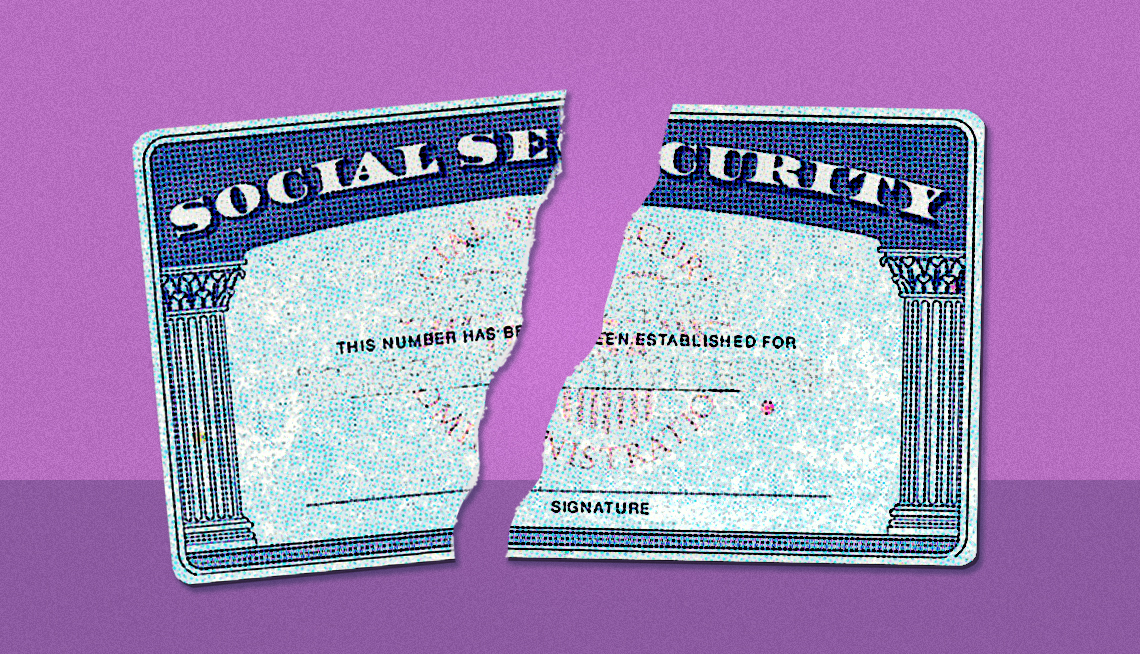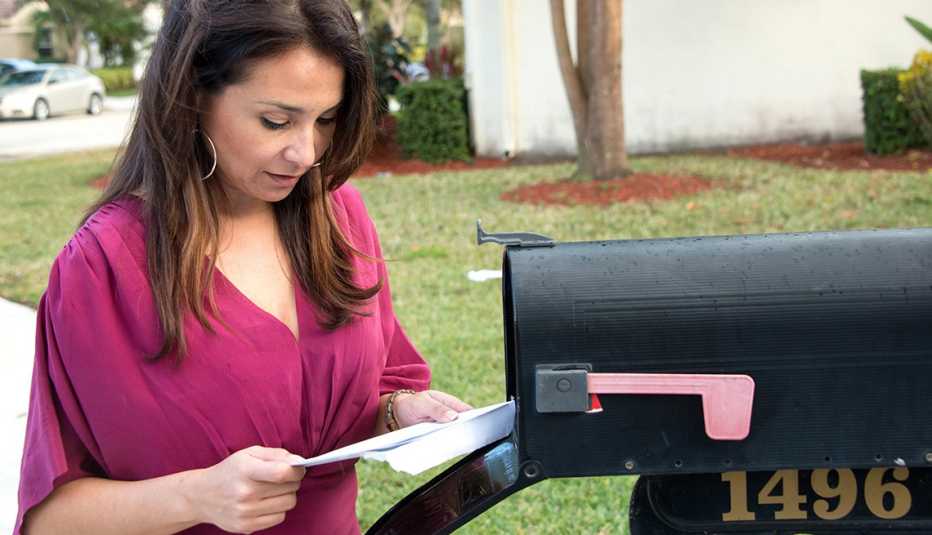AARP Hearing Center
More than 4 in 10 Americans nearing retirement age do not know that divorced people can collect Social Security benefits based on their ex-spouse’s earnings, according the 2024 edition of insurance and financial firm MassMutual's annual survey on Social Security knowledge. Those numbers don’t surprise Natalie Colley.
“It’s just become abundantly clear that Social Security is not something that people know, and it should be,” says Colley, a partner at Francis Financial, a New York firm that specializes in helping women deal with the financial fallout from a marital split.
“Many women who come to our office don’t even realize that they are eligible for their ex-spouse’s benefit,” she says. “Even those who do are really concerned that their ex-spouse will be very angry about it, because they’re under the false assumption that their ex-spouse will be notified when they file or that their ex-spouse’s benefit will somehow be reduced.”
If you are age 62 or older and were married to your ex for at least 10 years, you may be able to collect monthly payments equivalent to about one-third to one-half of your former spouse’s Social Security benefit, as calculated from their lifetime earnings history. (The equation is different if your ex is deceased, but we’ll get to that.)
Income gap a factor
You’ll get a divorced-spouse benefit only if it exceeds your own retirement benefit, determined by your own earnings record. If you qualify for two types of benefit, the Social Security Administration (SSA) doesn’t combine them but pays the higher amount.
Try Our Social Security Calculator
Use AARP's Social Security Calculator to find out when to apply and how much you'll get.
That means ex-spouse benefits come into play if one partner was a much bigger earner than the other. And they can be an important part of retirement planning.
“With the rise of ‘gray divorces,’ pension plans, 401(k) plans and spousal benefits from Social Security all need to be reviewed and reevaluated, as money is being left on the table for some,” says David Freitag, a financial planning consultant with MassMutual.
The benefit rules are strictly gender-neutral — at least they have been since 1983, when Congress codified equal Social Security treatment of ex-husbands and ex-wives. (The rules are also applicable to same-sex couples who marry and divorce, under the Supreme Court’s 2015 Obergefell decision recognizing marriage equality.)
In practice, they primarily affect women, who earn less than men on average and are more likely to have spent time as stay-at-home parents or caregivers for older relatives. According to the most recent SSA data, women make up 95 percent of the nearly 641,000 people receiving spousal or survivor benefits on the earnings record of a partner they divorced.
“The people who are reaching Social Security eligibility age right now are still more of a generation where the likelihood was even higher that those women would drop out of the workforce to take care of children,” Colley says. “You’d have a single-earning household. We’re still seeing it.”
Here are answers to some key questions about Social Security benefits for divorced people.
Why does Social Security pay benefits to divorced spouses?
Social Security operates with a philosophy that a divorced person may deserve a personal benefit, having been the long-term partner and helpmate of a member of the workforce. “It is an extension of the same benefit that married couples enjoy,” Freitag says.
“It is a way of providing equity and nondiscrimination,” he adds. “Divorced partners should not be punished and have all of their spousal and survivor benefits nullified just because a long-term marriage did not last. They had a functioning family unit for 10 years or longer.”
In fact, divorced-spouse benefits are determined using the same percentage scale as those for current spouses. A key difference is that a current spouse need only have been married for a year to qualify. In cases of divorce, Freitag says, “the 10-year rule helps to keep ‘convenience’ weddings for monetary gain separate from ‘real’ relationships that did not work out.”
How do I qualify?
In most cases, you must meet all these criteria to be eligible for divorced-spouse benefits:
- You are at least 62 years old.
- You and your ex were married for at least 10 years.
- Your ex qualifies for retirement benefits or Social Security Disability Insurance (SSDI).
- Your own retirement benefit would not be higher than the ex-spouse benefit.
- You have not remarried.
I can’t be remarried?
Except in very limited circumstances, you lose eligibility for ex-spouse benefits on the earnings record of a living former mate if you marry again. If the later marriage ends due to divorce, death or annulment, you may again qualify for benefits, based on either marriage.








































































